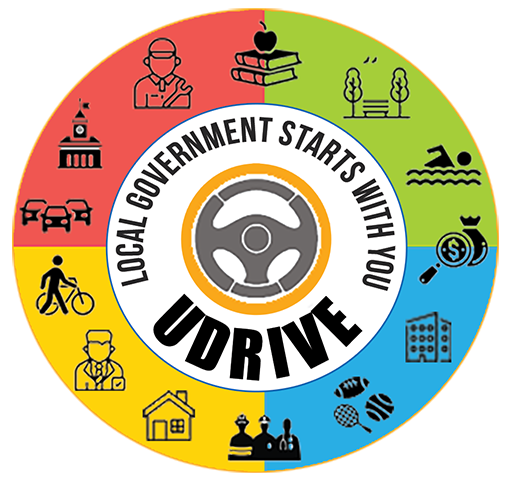US Funding & the Achievement Gap In 2019, the US provided ‘free public education’ from kindergarten to twelfth grade (with some Pre-K) to about 50.8 million students. Another 5.8 million students attend private schools. Local property taxes provide most funding for public schools, with variation depending on the affluence of each city, town or neighborhood.
The US places heavy emphasis on on decentralization, with states and local municipalities in charge of education. The Department of Education reported for the 2016-17 school year, that on average, the federal government assists with approximately 8% of school funding, with the balance coming ~47% from the state and ~ 45% locally. This funding, unique to the US versus other industrialized nations, has created what is widely known as the ‘achievement gap.’ Connecticut has the largest in the country.
Connecticut The state educates approximately 528,000 students – a 6% decline over the past 10 years. Decline has been inconsistent, with enrollment drops in most of the state, while Fairfield County experiences marked growth. Cities like Danbury, Norwalk and Stamford have seen student poverty increase, when contrasted against neighboring suburban towns.
The achievement gap is defined in two ways: a statutory definition and the State Department of Education’s federal Elementary and Secondary Education Act (ESEA). The “achievement gap” is defined as the existence of a significant disparity in the academic performance of students among and between (1) racial groups, (2) ethnic groups, (3) socioeconomic groups, (4) genders, and (5) English language learners (ELL) and students whose primary language is English.
Adequate funding, as well as socioeconomic status plays a large role in closing the achievement gap and Connecticut’s Educational Cost Sharing (ECS) funding model was challenged in the courts in 2005 with CCJEF v. Rell. It took over a decade, but in 2016, a judge ruled the funding system irrational and ordered the state to reform its policies. In 2018, the State Supreme Court overturned the ruling in a controversial 4-3 decision, saying reform should be left to the political process.
Norwalk Despite having ~ 60% of its students eligible for free and reduced lunch and ~ 18% comprised of English Language Learners, Norwalk receives nominal state or federal funding. The 2020-21 school budget of $208.4M is funded 90% through local property taxes. Norwalk has seen student enrollment grow from 11,716 (as of 10/1/19) now to 11,912 (as of 6/1/20.) For a breakdown by school, as well as demographics, visit the Enrollment Page.
